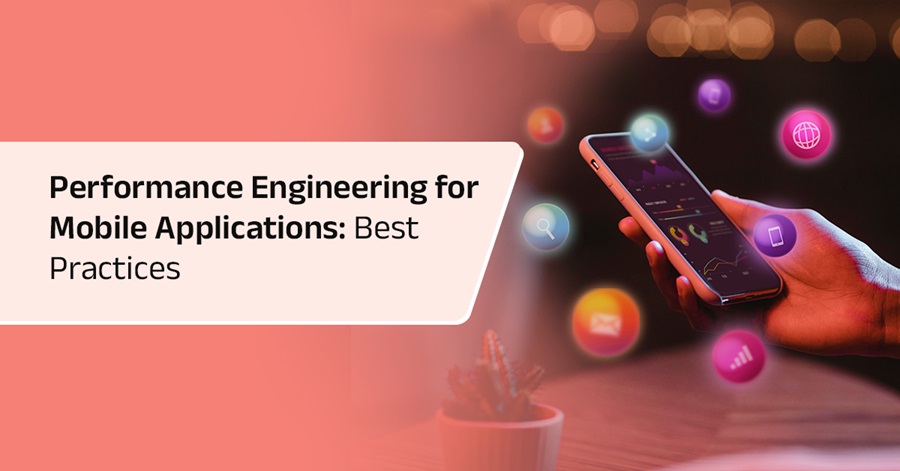
The global IT skills shortage will persist, and perhaps worsen, over the next few years, carrying a collective price tag of more than $5 trillion. Organizations must search for ways to streamline their IT service management (ITSM) workflows in addition to, or even apart from, hiring more staff. Those who don't find alternative methods of ITSM efficiency will be left behind by their competitors. Fortunately, there are best practices any organization can embrace to empower clients and create a path to a future-proof ITSM framework.
To find these best practices, SolarWinds analyzed over 2,000 ITSM data systems and 60,000 points of anonymized and aggregated customer data. The data found three proven techniques — service level agreements (SLAs), automation rules, and self-service portals — that save time, conserve resources, and lessen the workload on ITSM staff.
1. Service Level Agreements Create Accountability and Direction
The first step to building a mature and future-proof ITSM function is developing SLAs for each type of ticket that comes through the ITSM help desk. This creates a level of accountability the entire team can refer to. Per data in the report, SLAs help resolve tickets an average of 2 hours faster than organizations that don't employ them. If a team can maintain fast and effective ticket resolutions, it helps build customer trust, optimize resources, and lead to greater ROI.
In addition to accountability, SLAs help create benchmarks that ITSM leaders can use to decide whether to increase or decrease the scale of their operations. Teams should develop a regular cadence for checking in on SLA completion rates. If service desks continually meet their SLAs, it may be time to set new goals and benchmarks to measure efficiency. If the opposite is happening, the team can use the percentage of SLAs to potentially scale back operations or pinpoint potential adjustments.
2. Automation Rules Speed up Workflows
The report suggests a relationship between automation and an organization's ability to meet its ITSM SLAs. Data from the report shows that when ITSM desks embed automation rules/artificial intelligence (AI) within their workflows, they have a lower percentage of SLA misses — or the percentage of total tickets the desk could not complete. Teams that use methods such as automated ticket routing, incident identification and categorization, and smart notifications will be able to cut their SLA misses in half while simultaneously expediting their resolution times.
The best way to install automation throughout various workflows is through a comprehensive ITSM platform and an implementation plan that grows as the organization does. The right ITSM platform will allow teams to leverage AI technology to improve service catalog searches, offer service suggestions, and ensure teams don't spend time working on tickets irrelevant to a client's root problem.
3. Self-Service Portals and Knowledge Base Articles Empower Clients
Self-service portals play a vital role in an organization's automation workflow. A complete self-service portal can simultaneously relieve staff workload while allowing clients to partner with ITSM staff as they solve their own issues. According to the report, self-service portals can reduce ticket resolution times by as much as two hours.
Knowledge base (KB) articles provide clients with the information they need for a successful self-service portal experience. To be most effective, KB articles must be both comprehensive and easy to understand. As the client takes charge of resolving their own ticket, the information in each article must also be easy to find. When self-service portals and KB articles work correctly, they result in more free time for customers and ITSM agents to focus on the most important tasks that require a human in the loop.
The Future of ITSM is More About Workflows Than Staff
A popular English proverb from the 1300s states, "Many hands make light work." While conventional wisdom would agree, data from the report found no direct correlation between the number of ITSM staff members and the time it takes to resolve tickets. It should be noted that ITSM leaders will, and should, try to address the IT hiring shortage through non-traditional hiring means — training non-IT staff and implementing skills-based hiring, for example — but that shouldn't be the only priority. It would behoove today's IT decision-makers to focus much of their efforts on the tools and workflows that are proven to make IT teams run smoother and more efficiently. In other words, a future-proof ITSM framework is one that shuns conventional thinking and embraces unconventional practices to adapt alongside modern enterprises.



